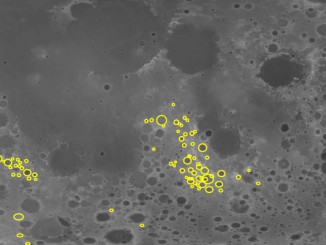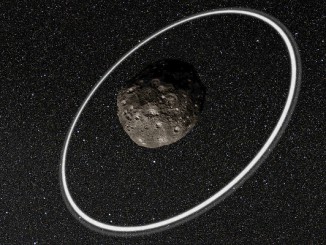
Early Moon’s far-side crust shattered by barrage of small asteroids
Scientists at MIT and elsewhere have identified regions on the far side of the Moon, called the lunar highlands, that may have been so heavily pelted by small asteroids during a period called the Late Heavy Bombardment 4 billion years ago that the impacts completely shattered the upper crust, leaving these regions essentially as fractured and porous as they could be.



